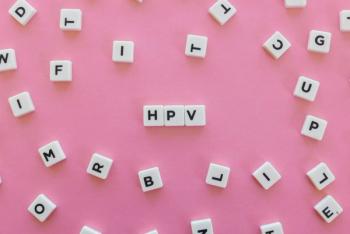
AAP Okays Breastfeeding for Women on ART with Suppressed HIV Viral Load
This is the first new recommendation from the American Academy of Pediatrics since the AIDS epidemic began in the 1980s.
Women with HIV who are taking antiretroviral therapy (ART) with a decreased viral load can breastfeed their babies, according to a new recommendation from the American Academy of Pediatrics (AAP), published
In the United States, nearly 5,000 women with HIV give birth every year and there is growing interest in breastfeeding. Breastfeeding can help protect infants from diseases such as type 2 diabetes and obesity. Breastfeeding also
“Pediatricians should be prepared to support people with HIV on ART with sustained viral suppression below 50 copies per mL who desire to breastfeed,” the AAP statement reads. “Studies in both high-income and low- and middle-income settings have demonstrated that either ART used by breastfeeding people with HIV and/or infant ARV prophylaxis during breastfeeding significantly reduces postnatal transmission risk to <5%; the risk is <1% among breastfeeding people who are on ART with a suppressed viral load.”
Other organizations have changed their guidelines as well. In 2023, the National Institutes of Health (NIH) and the Centers for Disease Control and Prevention (CDC) stated that virally suppressed individuals should be allowed to breastfeed. The World Health Organization (WHO) has recommended breastfeeding for HIV-positive, virally suppressed women in developing countries since 2010.
Before the widespread use of ART, roughly 30% of global, vertical HIV transmission cases came from breastfeeding. Today, there are less than 30 infections in the United States every year.
Without the use of such medications, the highest risk of transmission occurs within the first four to six weeks of life, ranging between 5% and 6%.
Overall, experts deem ART drugs safe for both mother and baby.
“Globally, millions of infants have been exposed to ARV drugs either in utero and/or during breastfeeding, and there is no evidence of long-term toxicity,” the authors write. “In general, infant ARV exposures in utero and postnatally are not significantly associated with any long-term adverse effects and the benefits of HIV prevention are thought to outweigh the risks of infant toxicity.”
Newsletter
Get the latest industry news, event updates, and more from Managed healthcare Executive.




















































